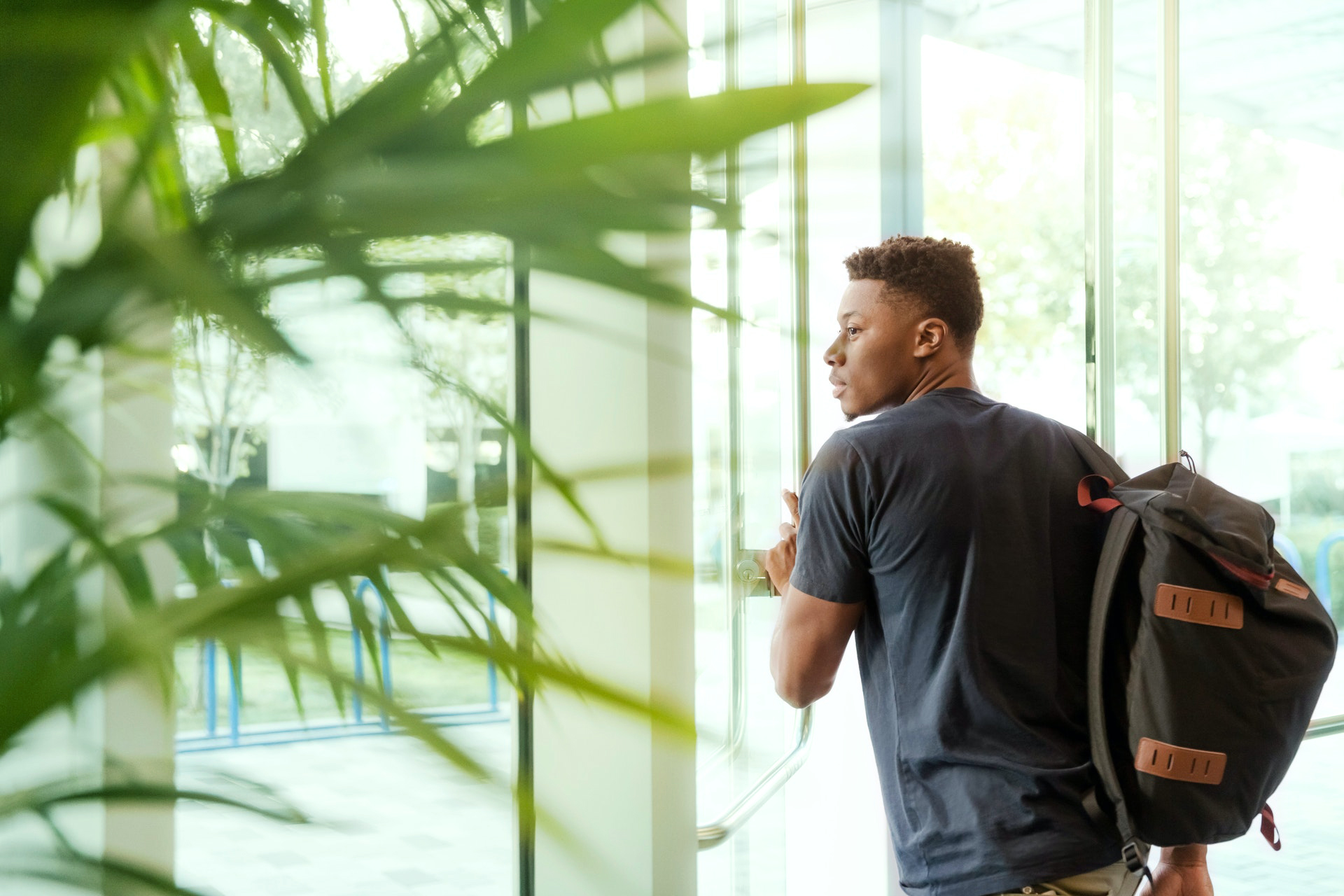Due to the long-lasting pandemic that has led to stay-at-home orders, lockdowns, and social distancing, COVID-19 has had a disastrous impact on the mental health of college students. During this time, students have been feeling isolated which has led to an increase in their stress, anxiety, and depression. Many schools have shifted to online learning, and, for some students, this less interactive form of learning has increased that feeling of isolation and its adverse effects.
During increased levels of stress, students may have thoughts of hurting themselves and thoughts of suicide. Due to the lack of access to care, students may put off seeking help when amid a mental health crisis. That is why it is important for school officials, family members, and peers to look for warning signs to make sure that those who need support receive it. Some common warning signs to be aware of are:
- Isolation from friends
- Expression of feelings of tiredness or sleepiness more often than normal
- Drug and/or alcohol use that is more than normal
- Increased mood swings
It’s also important that students recognize the warning signs in themselves. Students should be aware of these common signs of chronic stress, anxiety, and depression:
- Feeling like a burden
- Being isolated
- Increased anxiety
- Feeling trapped or in unbearable pain
- Increased substance use
- Looking for a way to access lethal means
- Increased anger or rage
- Extreme mood swings
- Expressing hopelessness
- Disturbed sleep patterns
- Thoughts of self-harm
- Making plans for suicide
If you or someone you know is struggling to cope and need immediate assistance you should call 911, call the National Suicide Prevention Lifeline (1800273TALK), or call/text the Disaster Distress Helpline (1-800-985-5990).
Questions for Higher Ed Leaders:
- Are schools ready to take care of their student population knowing the increased mental health crisis facing them?
- How will schools lead the next generation of students to better health and a better life?
The college campus will never be the same again, and old solutions will not solve new problems. Higher education has a responsibility to its students to provide them the mental health resources that they need.













